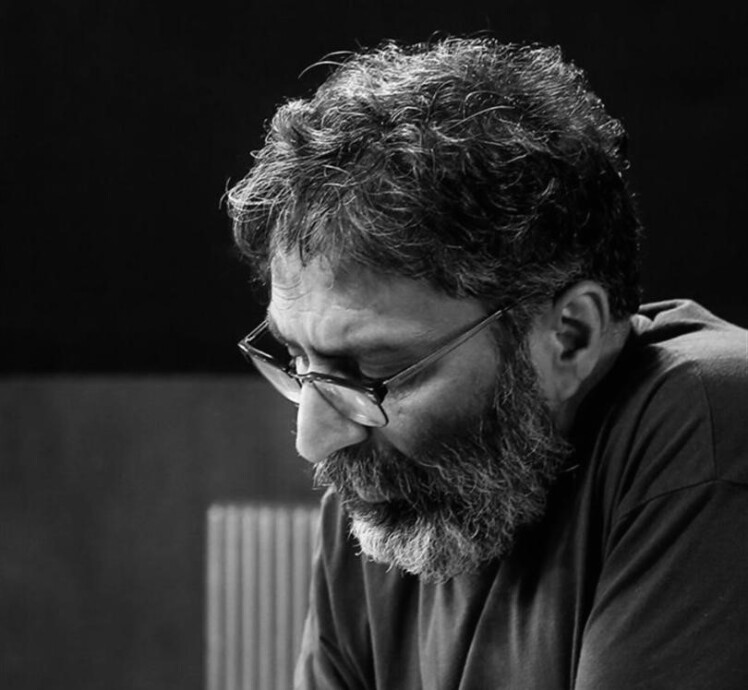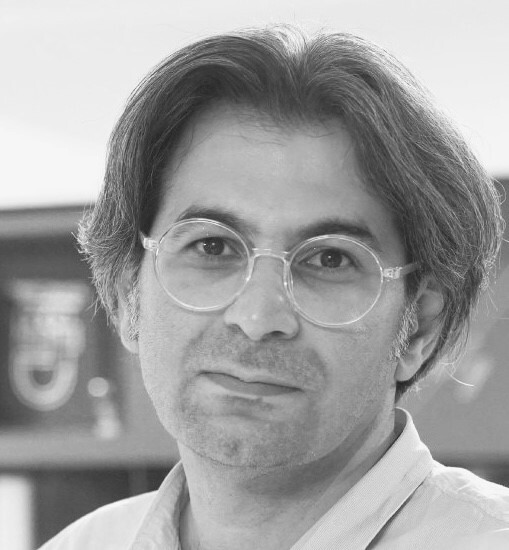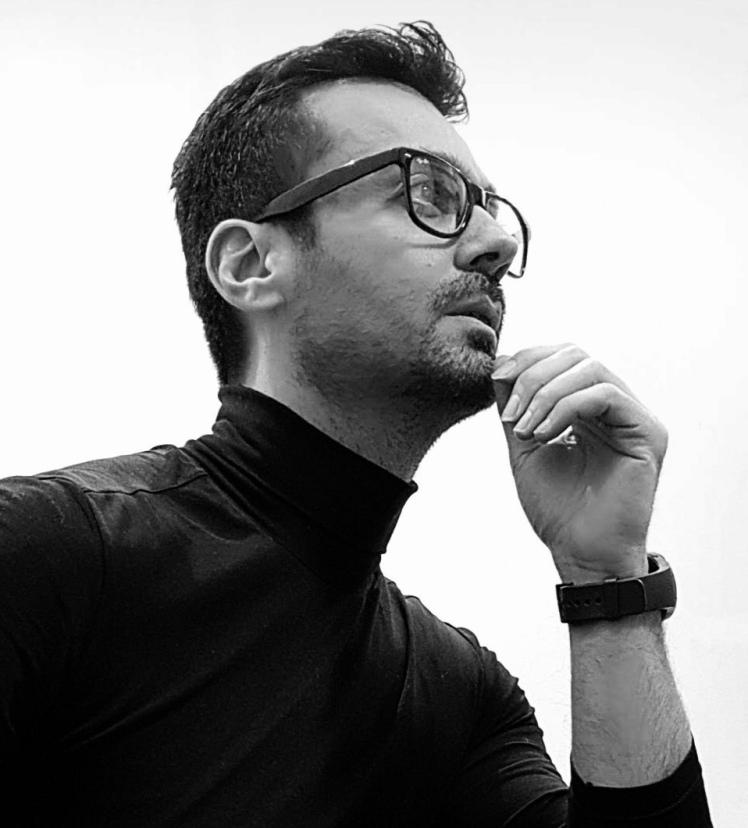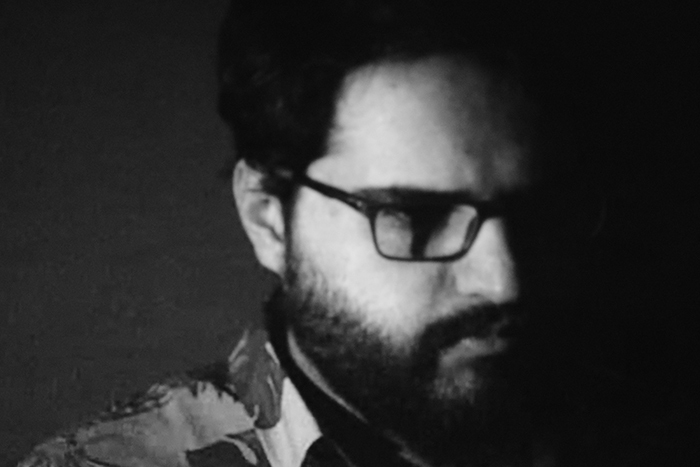more
The Spectacle of Retribution (Mohammad Rezayi Rad)

ISIS’s distinction from other fundamentalist groups did not lie in its interpretation of divine law or its willingness to use violence, as groups like al-Qaeda and the Taliban also executed brutal punishments. Instead, ISIS’s defining feature was its performative understanding of violence, elevating punishment into a spectacle of retribution. Unlike the Taliban, which carried out punishments as acts of divine justice without concern for media or public perception, ISIS …



